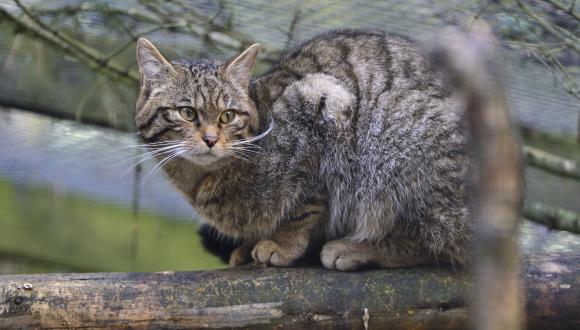
Wildcats and licensing
NatureScot can issue licences for certain purposes to permit actions that might otherwise constitute an offence in relation to wildcats.
The Scottish wildcat is given protection under the Conservation (Natural Habitats, &c.) Regulations 1994 (as amended), as a European protected species. The places that wildcats use are also protected. Read about the wildcat as a protected species.
A licence may be required to examine wildcat dens, use cameras near dens, or conduct research that might disturb wildcats.
We may issue a licence to permit development works or land management practices that might affect wildcats where such impacts are unavoidable.
It’s also possible to license the legal possession of wildcat specimens for scientific, research or educational purposes.
The capture, possession or release of a wildcat outside its native range requires a licence. If you’re planning to catch, move or release wildcats, you should contact us early on to discuss your proposal. Learn more about conservation translocations.
Feral domestic cats allowed to live in the wild are considered invasive non-native species.
The release of a feral domestic cat into the wild therefore requires a licence, irrespective of whether the cat is neutered or otherwise. A licence may be given if the release is part of a co-ordinated approach towards the long-term reduction of feral domestic cat numbers in the wild or as a conservation programme.
If you’re planning to release domestic cats, you should contact us early on to discuss your proposal.
Learn more about non-native species licensing.
Contact
If you already have a licence number, include it in the subject line of your email, or have it to hand when you call.





